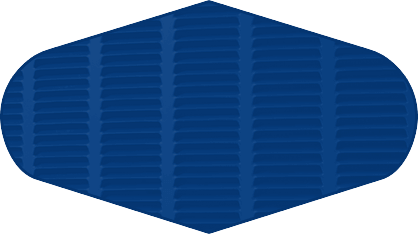With the right thermostat mode, you can save some dollars on energy while enjoying a comfy home during summer. A thermostat is a device that helps you control your home temperature levels. It does so by sending signals to your AC unit when the temperature goes below or above your set levels. Here is some information that will help you understand the various thermostat modes so you can experience a comfortable indoor environment in the summer.
Cool Mode
Most people are familiar with this mode because it is the most common with most air systems. When you set your air conditioner to run in this mode, the compressor pushes cold air into your house.
Once your house is cooled to the already-set levels, your compressor will turn off with the fans running. The internal temperature sensor usually regulates the desired temperature levels.
With this setting, you can be sure of less energy consumption as your system will only run when the temperature goes beyond your set value. However, setting a lower temperature will mean that the system will run for some time before it attains your desired low level.
Fan Mode
Generally, this is the most cost-effective thermostat mode for running your air conditioning system. Setting this mode means that your AC system will be off while internal AC fans work to circulate air within your home.
This setting allows your AC unit to run similarly to a normal fan. Fan thermostat mode has the benefit of circulating a fresh breeze while saving energy. However, this mode does not provide any cooling to your house.
Dry Mode
You must be familiar with this thermostat mode if you live in a humid environment; it is an ideal setting for a hot and humid day.
Dry mode helps you get rid of extra humidity within your house by running your compressor at short intervals. During this process, your fan will be running but at a reduced speed. Once the AC humidity sensor detects the correct humidity levels, it will turn off your compressor.
Heat Mode
Just like the cool mode triggers your system to your space, the heat setting allows the system to introduce hot air into your home instead of pulling it out. On the other hand, cold air is pumped out.
When you set this mode, your compressor will function to provide warm air to heat your place. It is an ideal setting for warming your house during cold seasons.
Auto Mode
Setting your thermostat on this mode signals your air conditioner to adjust your compressor automatically. Additionally, this mode adjusts the speed of your fans based on the room’s temperature.
Once it attains the set temperature, your AC will turn the compressor off while adjusting the speed of your fans. However, the fans will also go off upon achieving the precise temperature. If the temperature levels change at any given time, the compressor will activate to achieve the desired air conditions. Additionally, the fans will also adjust to attain the same.
Eco Mode
Modern thermostats include this mode, which works best in attaining comfortable home temperature levels. The thermostat eco setting helps you cool your house by running your fans and the compressor with minimal energy.
Your system will work to attain the set temperature but at a higher level. After attaining the set values, the compressor will turn off while the fan speed is maintained. As a result, you will enjoy a relaxing home without spending too much on utility bills.
Turbo Mode
Running your air conditioning system with turbo mode will push your system to attain the set temperatures as quickly as possible. As a result, your system will consume maximum power as your fan and compressor will have to work at full tilt.
Turbo thermostat mode is perfect on extremely cold or hot days. However, you should turn it off once the system attains the desired temperatures.
Now that you understand the various thermostat modes, it’s your turn to make sure that you set your AC unit thermostat to best suit your needs. Hiring a professional will help you have the best results with your air conditioner.
At Jco Heating A/C Electrical, we will help you fix all your cooling and heating systems. We have qualified technicians to help you with everything from installation to repairs and maintenance. We also offer major commercial and residential air quality services in Eugene and other communities throughout the Lane County, OR, area.

 WE SERVICE ALL MAKES & MODELS
WE SERVICE ALL MAKES & MODELS